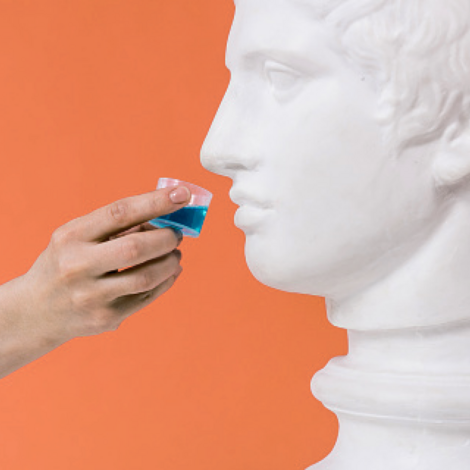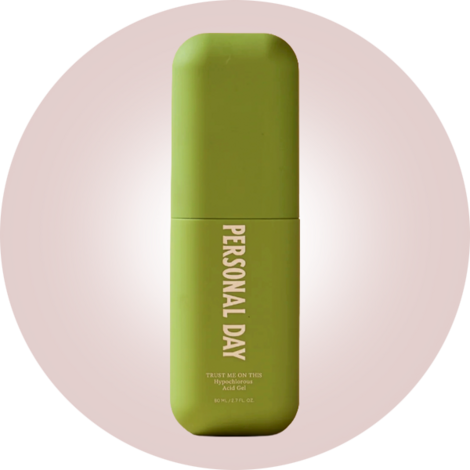Orlando Bloom once wrote that his morning routine involves consulting a smart ring sleep tracker, having “brain octane oil” for breakfast, followed by 20 minutes of Buddhist chanting.
He has now added to his busy wellness schedule a $13,000-a-go procedure at a London clinic to remove microplastics from his blood.
The Lord of the Rings actor, 48, shared a picture of himself having the two-hour treatment at Clarify Clinics near London’s Harley Street, which he praised as a “new way of removing microplastics and toxic chemicals from our bodies.”
The treatment works by extracting blood from the arm, splitting it into red blood cells and plasma, before the plasma is cleansed of “forever chemicals, microplastics, inflammation and the poisons and toxins,” according to its inventor, David Cohen.
The red blood cells are then put back in the body, allegedly removing between 90 and 99 percent of microplastics from the blood. Experts have suggested the process lacks “reliable evidence.”
Yael Cohen, the CEO of Clarify, posted to LinkedIn three months ago to announce the opening of the “substractive medicine” institution.
She said it was “a game-changing method that empowers our bodies to heal by removing harmful toxins.” She added: “I’m proud to share that after just one Clari session, I experienced a remarkable 90 percent reduction in microplastics in my blood! These aren’t just numbers—they signify a new era of health and wellbeing.”
Scientists have found microplastics, which are defined as pieces of plastic smaller than 5mm, in human blood, organs, and even the brain. Inflammation is being investigated by doctors as a potential cause for a host of illnesses.
Sarah Jarvis, a physician and broadcaster, said there had been a “huge increase” in awareness of the risk of microplastics in the last couple of years.
“However, the technology is at an extremely early stage and there is very limited evidence that we can remove these effectively,” she said. “Or, importantly, that removing them leads to tangible health improvements. As yet, there certainly isn’t enough evidence that this kind of process reduces the long-term chance of illness. All medical procedures carry risks and much more research needs to be done before I would ever consider recommending it—even without the enormous price tag.”
Clarify Clinic said it did not discuss patient treatments publicly. “A single Clari procedure targets all the removal contemporaneously, providing multifaceted benefit,” a spokesman added.
What are microplastics?
Microplastics are tiny fragments of plastic under 5mm in size. They are a by-product of plastic being degraded or broken down, and they’ve been found almost everywhere—from oceans to seabirds, where they can accumulate as they move up the food chain.
Microplastics have been found in the body, but it’s not yet clear what effect they may have.
How does the treatment work?
During this treatment, which lasts two hours, the blood is removed from the body and separated into plasma and red blood cells.
The plasma is then filtered through a column, removing “forever chemicals” and “microplastics, inflammation and poisons and toxins.”
Are there any dangers?
As the procedure only involves filtering the blood, it is unlikely to have any major side-effects.
Can I avoid microplastics?
Unfortunately, there’s no way to avoid them fully, but you can limit your exposure.
Heating plastic can release particles, so avoid microwaving things in plastic dishes or adding boiling water to plastic cups.
You can also use metal or glass water bottles and Tupperware, and tap water contains fewer plastic particles than bottled water.
Clothing made of synthetic materials such as nylon and polyester also can release microplastics, so wearing clothes made of natural fibers—such as linen or cotton—can also help.
Peter Chappell is a breaking news reporter at The Times of London




